Historical Architecture of Grosse Pointe – Two Lost Estates of George D. Mason

This week we present two further lost estates – 191 Lake Shore and 66 Renaud. Both residences are attributed to “the dean of Detroit architects”, George D. Mason. These two homes were built within twelve years of each other – 191 Lake Shore was completed in 1926, and 66 Renaud (attributed to George D. Mason & Company) was finished in 1938. The latter was one of Mason’s final projects in Grosse Pointe, and quite possibly one of last of his career (he died in 1948).
191 Lake Shore was commissioned by Harley Green Higbie and his wife, Dorothy Clara Scherer. Dorothy was the daughter of Hugo Scherer, who owned the beautiful mansion we explored last week, 195 Lake Shore, which was located next door. Completed in 1926, The Higbie House, as it was known, was set on eight and a half acres. It was a beautiful symmetrical three-story home designed in the Neo-Classical Revival style, in the Georgian tradition. Doric columns supporting a horizontal decorative lintel provided a particularly distinctive frame to the door of the white stucco, six-bedroom mansion. The generous numbers of windows were evenly spaced, giving a classic look to this elegant home, which overlooked the lake. The extensive grounds were home to a large number of oak trees. The image below is courtesy of Buildings of Detroit, by William Hawkins Ferry.
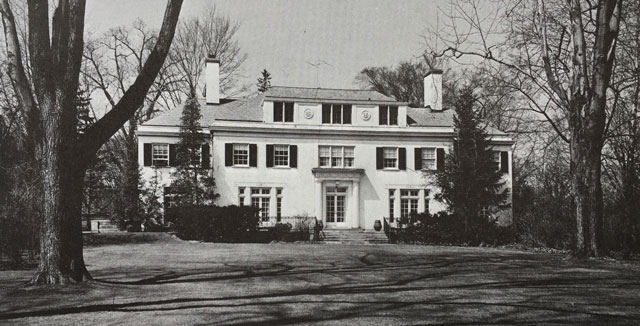

The Neo-Classical Revival approach became a dominant style for domestic buildings nationwide between 1900-1940s. It also became popular for a wide range of everyday buildings. Everything from townhouses, suburban homes, county courthouses, main street commercial buildings, and bank branches readily employed variations of the style. Often the single identifying feature on residences was the prominent columned porch as displayed by Mason in his for design for the Higbie residence. Source: architecturestyles.org. The photo below is courtesy of the Burton Historical Collection, circa 1926. The Higbie House was demolished in 1988; the land sub divided, and is now home to 16 homes, including Higbie Court.


Harley G. Higbie was born in Chicago in 1892. He graduated from the University of Wisconsin in 1917. That same year he joined the army to serve in World War 1, and was discharged in 1919. Having been based in Louisiana and San Antonio he held the rank of second lieutenant in the Air Service. It appears he then returned to Chicago to enter the banking business before moving to Detroit where he would ultimately become vice president of Keane, Higbie & Company – a firm of investment bankers. He married Dorothy Clara Scherer (daughter of Hugo Scherer) in 1922, and together they had two children – Hugo (HMA’s founder) and Harley Jr.
66 Renaud was completed in 1938 for Robert A. Foster. It was designed using the colonial architectural approach, a popular style in Grosse Pointe during this era. The original square footage is unclear, but it appears the home was increased in size at some point to 7,500 sq ft. The black and white photo below is from 1939, while the color photo, taken in 1999, includes an addition on the right hand side. As the floor plans below demonstrate, the first floor originally contained a large 29’ x 17’ sq ft living room, along with a 13’ x 17’ sq ft dining room, an 11’ x 12’ sq ft library, a covered flag terrace, and a three-car garage. The second floor features four large bedrooms, a 13’ x 15’ sq ft sitting room, along with two bedrooms for maids, and service stairs to the kitchen.
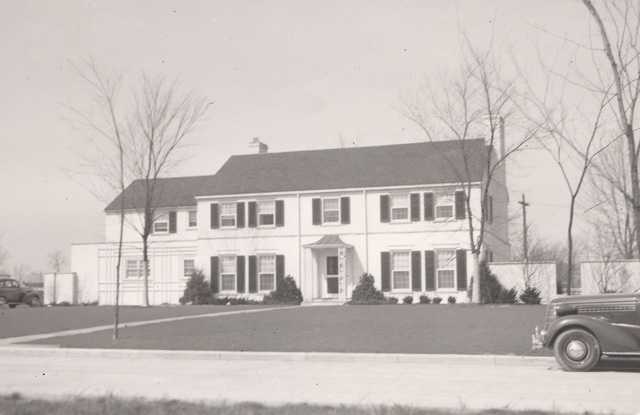
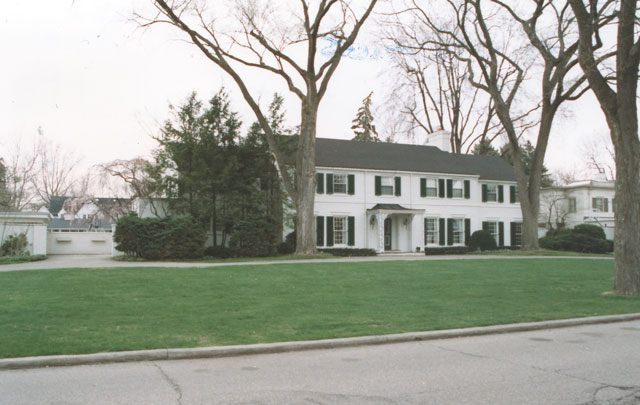
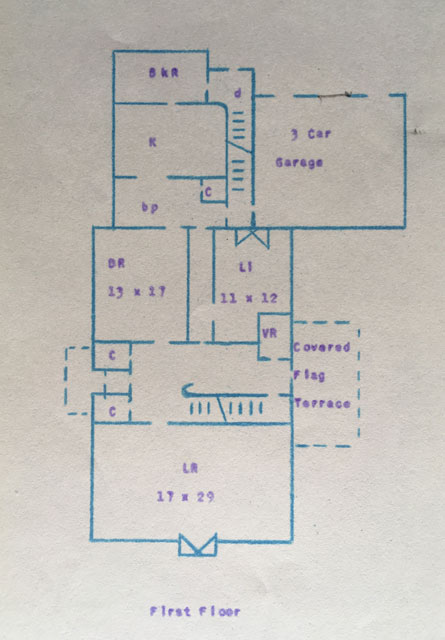
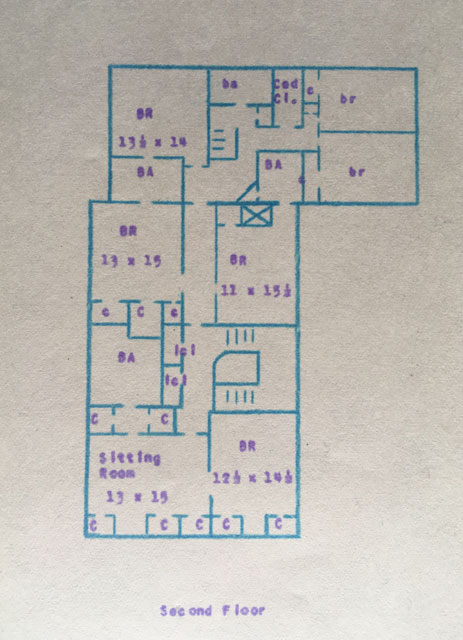




The design of the home was attributed to George D. Mason & Company. It would appear, from HMA’s files, the actual architect was Herbert C. Wenzel. Mr. Mason organized the firm of George D. Mason & Company, when former members of his office, Albert C. McDonald, David H. Williams, Jr. and Herbert C. Wenzel, were taken into partnership. Source: https://prabook.com/web/george.mason.
I believe the property was listed for sale in 1939 for a rumored $45,000 – around $800,00 today – and purchased by Alfred Glancy Jr. (a real estate financier and former co-owner of the Empire State Building – he and Roger L. Stevens purchased the building, in 1951, for $51.5 million and sold it three years later at a profit. Source: www.nytimes.com).66 Renaud was Mr. Glancy’s home prior to buying the Alvan Macauley mansion (735 Lake Shore) in 1952. 66 Renaud was demolished in the early 2000’s, and a new home built in its place.
Having organized the firm of George D. Mason & Company in the early 1920’s, the firm created several stunning properties in Grosse Pointe including –
- 784 Berkshire (1925)
- 1175 Three Mile Drive (1925)
- 191 Lake Shore (1926)
- 315 Lakeland (1929)
- 109 Kenwood (1929)
- 66 Sunningdale (1937)
- 66 Renaud (1938)
Aside from 191 Lake Shore and 66 Renaud most of Mason’s work has survived. These two properties are fondly remembered, and join the collection of lost estates.
*Photos courtesy of the Higbie Maxon Agney archives unless stated.
Written by Katie Doelle
Copyright © 2019 Katie Doelle


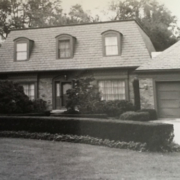
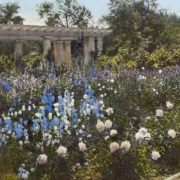
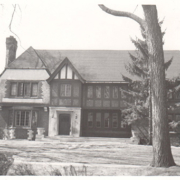
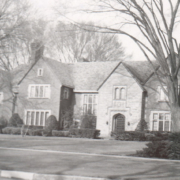

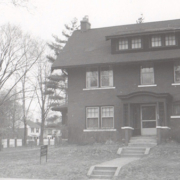
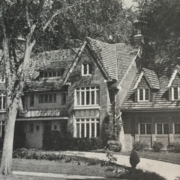
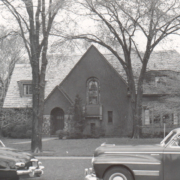
Leave a Reply
Want to join the discussion?Feel free to contribute!